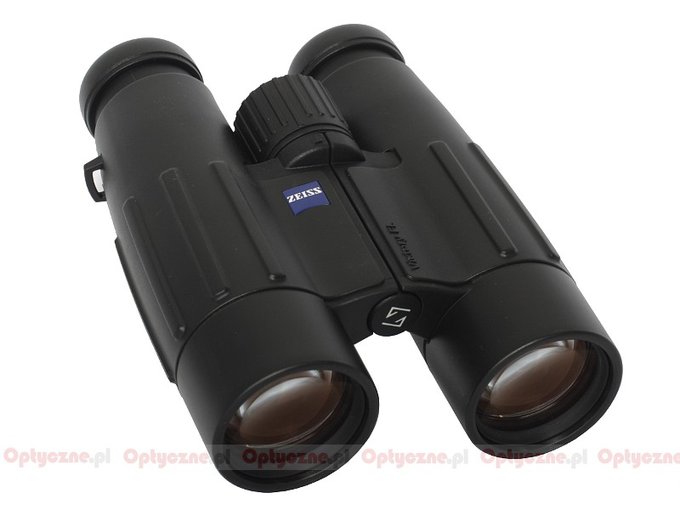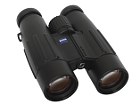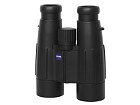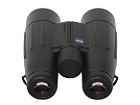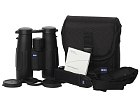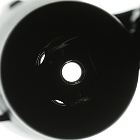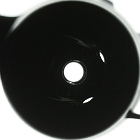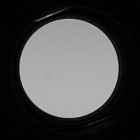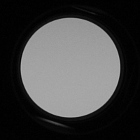Carl Zeiss Victory 8x42 T* FL
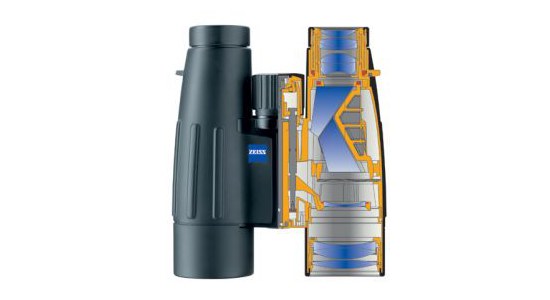 Optical conctruction of Zeiss Victory 7x42 T* FL binoculars. |
The producer emphasizes the fact that all air-to-glass surfaces have been covered by multilayer antireflection T* coatings. The inner elements are additionally covered by LotuTec coatings which make removing dirt and water a breeze. The casing of the binoculars is made of fibre-reinforced plastics; additionally it was padded with high quality rubber. The instrument tested by us here is waterproof up to 4 meters and nitrogen purged. It can work in the temperature range from –30 to +60 degrees Centigrade.
Buyers get objective caps tethered to rubber rings, a rainguard, a neoprene strap, a case made of cordura with another strap. The binoculars come with a 10-year guarantee period.
| Magnification | Lens diameter | Angular field of view | Prisms | Eye relief | Weight | Price |
|---|---|---|---|---|---|---|
| 8 | 42 | 135/1000(7.7o) | BaK-4/roof | 16 mm | 755 g | 5750 PLN |
Summary
Pros:
- high quality casing,
- very good transmission,
- good coma correction,
- splendidly corrected chromatic aberration,
- almost imperceptible astigmatism,
- perfect blackening,
- very low light fall-off on the edge of the field,
- good whiteness rendering,
- high quality optical elements and coatings,
- minimum focus already from 1.75 meters,
- circular exit pupils,
- wide interpupilary distance range.
Cons:
- a bit too high distortion,
- very intensive false pupils; it shouldn’t have happened in a piece of equipment of this class.
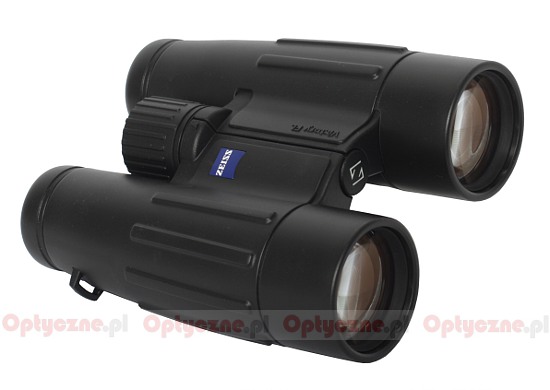 |
The Zeiss Victory 8x42 T* FL fared in this test very similarly to the 10x42 model - it is enough to glance at the list of pros and cons and at the final score to be sure of it. To tell you the truth I thought a different eyepiece construction than in the 10x42 model would correct the distortion in a much better way but unfortunately it didn’t happen. The distortion is huge and it remains the only serious flaw of the tested Zeiss. Perhaps its constructors decided to follow the example of their counterparts designing the Micro 4/3 system, who have eased up on the distortion correction counting on the software of a body to take care of the problem. Such a tactics allows you to correct other aberrations, axis and off-axis, better. Unluckily in the case of the Zeiss Victory the distortion can’t be corrected by any software so we must put up with it.
So far our review has been rather pessimistic but this tone must change in a sum-up of a pair of binoculars which final score exceeded the level of 140 points – it truly deserves to be called outstanding. Apart from the distortion and false pupils there are no other slip-ups. Everything is so close to perfect or, in fact, perfect. A high build quality, great chromatic aberration and astigmatism correction and high transmission, which graph is presented below, are these features which deserve your particular attention.
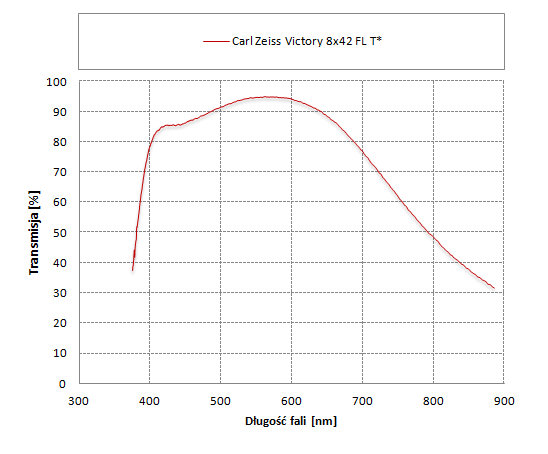 |
To sum up the Zeiss Victory is still a very recommendable device. If you buy it you will get great mechanics and optics produced by a renowned manufacturer for a price significantly lower than that of top-of-the-range Leica, Swarovski or Nikon models. Perhaps you should yield to temptation and buy it before the Victory models disappear from the shelves for good, replaced by a more expensive and newer Victory HT series?





